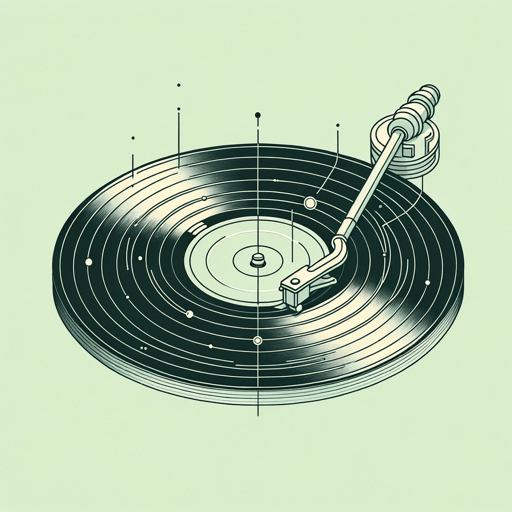48 pages • 1 hour read
David ByrneHow Music Works
Nonfiction | Book | Adult | Published in 2014A modern alternative to SparkNotes and CliffsNotes, SuperSummary offers high-quality Study Guides with detailed chapter summaries and analysis of major themes, characters, and more.
Chapters 5-6Chapter Summaries & Analyses
Chapter 5 Summary: “In the Recording Studio”
Chapter 5 considers the evolution of music recording technology and its impact on music production and artists. Byrne begins the chapter by recalling his early experiences in the music industry when multitrack recording was a novel concept. He describes the intimidating environment of traditional recording studios with their massive consoles and soundproof rooms, which often made musicians feel detached from the process of music creation.
As a child, he experimented with his father’s tape recorder, inspired by artists like John Cage and The Beatles. This anecdote transitions into a discussion of the experimental nature of early music recording, emphasizing how new technologies allowed for creative exploration beyond traditional music composition. Byrne also reflects on how the Talking Heads approached recording demos and the band’s transition to professional studio recordings. He shares the challenges and learning experiences encountered while trying to capture the essence of the band’s live sound in a studio setting. He attributes a sense of mystique and magic to famous recording studios, where the unique acoustics and environments were believed to contribute to the success of the recordings made there.

